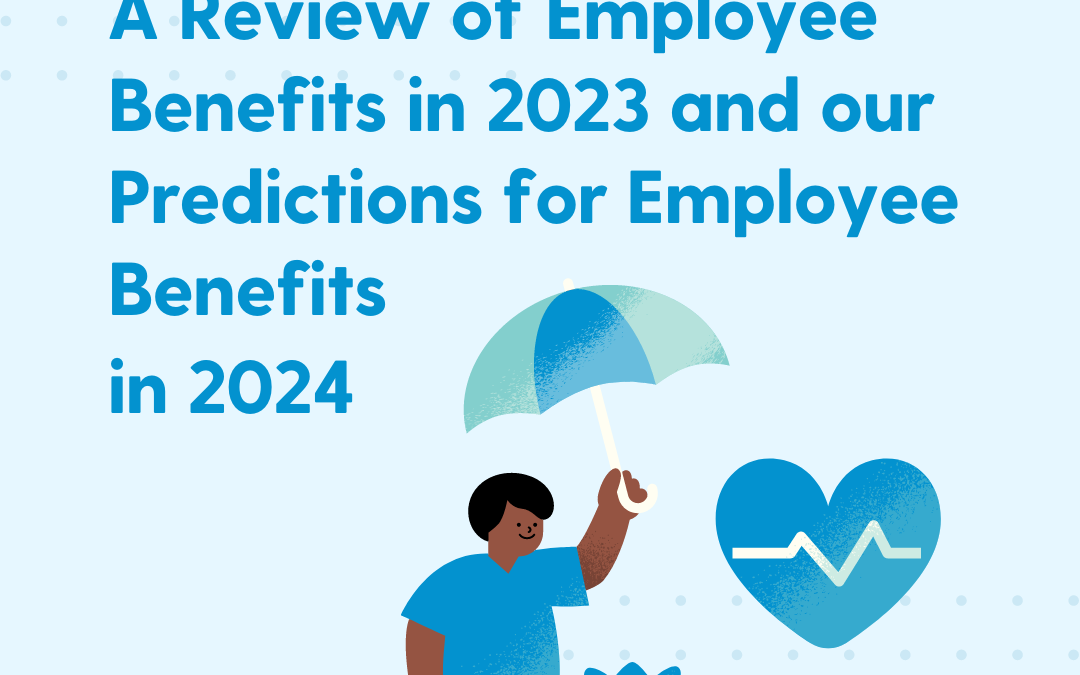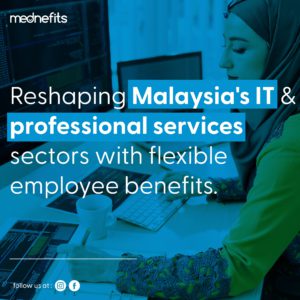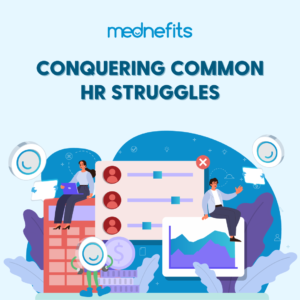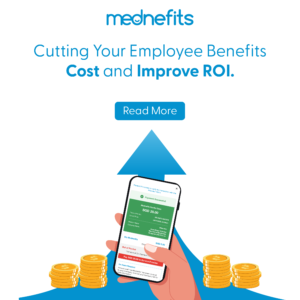
Reshaping Malaysia’s IT & professional services sectors with flexible employee benefits
January 18, 2024
Employee Benefits Optimisation Plan
February 28, 2024A review of employee benefits in 2023 and our predictions for 2024
Employee Benefits
A review of employee benefits in 2023 and our predictions for 2024
January 24, 2024
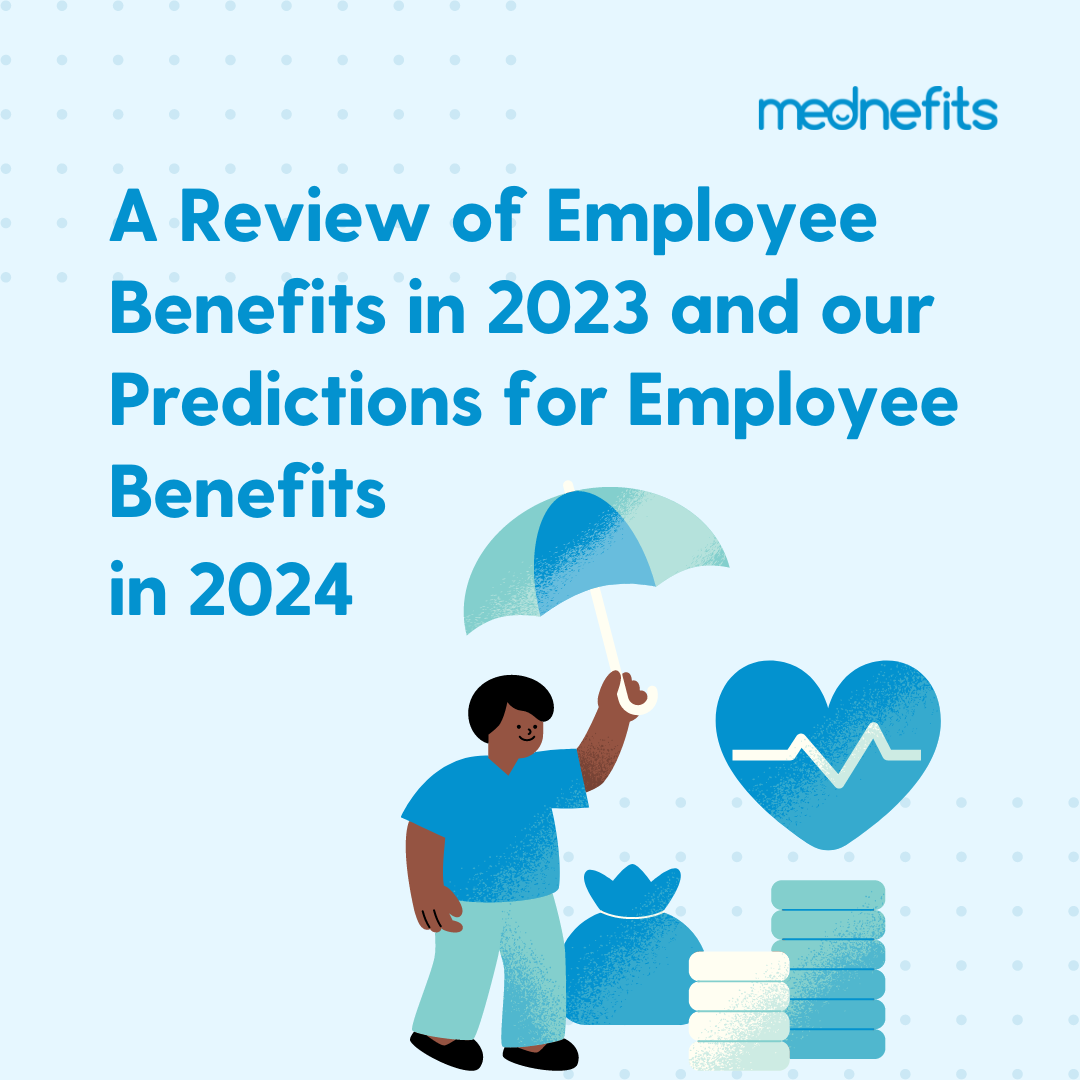
Employee benefits are an important aspect of any job, and understanding them is crucial for both employees and employers. In today's competitive job market, companies are constantly looking for ways to attract and retain top talent, and offering attractive employee benefits is one way to do so. However, with the rising costs and complexity of providing employee benefits, it is important for businesses to carefully consider the pros and cons of offering these benefits.
The provision of employee benefits offers several advantages to employers. Firstly, it enables organisations to attract and retain skilled and talented individuals. In today's competitive job market, prospective employees often prioritise companies that offer attractive benefits, such as healthcare coverage, retirement plans, and paid time off. By offering such benefits, employers can stand out among their competitors and increase their chances of securing top talent.
Furthermore, providing employee benefits has a direct impact on employee satisfaction and wellbeing. Access to healthcare coverage, wellness programmes, and flexible work arrangements contribute to the overall physical and mental health of employees. When employees feel supported and valued by their employer, it fosters a positive work environment and enhances job satisfaction. This, in turn, leads to improved productivity and employee retention.
However, there are some challenges associated with offering employee benefits. The costs incurred by employers can be substantial, including direct expenses for insurance premiums and retirement contributions. Additionally, there are administrative complexities involved in managing these benefits, such as enrolment, claims processing, and compliance with legal regulations. Employers may also face the potential of employees taking advantage of the benefits without genuine need. These challenges require careful planning and effective management to ensure the benefits programme remains cost-effective and equitable for all employees.
2023 employee benefits trends in Singapore and Malaysia
As we are in the beginning of a new year, it is essential for businesses to reflect on the changes and advancements in the employee benefits landscape. The year 2023 has been filled with significant transformations around employee benefits in both Malaysia and Singapore. These two Southeast Asian countries have always been at the forefront of providing competitive employee benefits packages to attract and retain top talent. With the ever-changing job market and shifting employee expectations, it is crucial for companies to review what has been done to remain competitive when retaining their top talent.
Based on the findings of the 2023 Benefits Trends survey conducted by WTW, it is evident that employers in Malaysia are placing a high priority on employee benefits. An overwhelming 82% of employers recognise the significance of employee benefits in attracting and retaining top talent. Furthermore, 60% of employers are experiencing the challenge of striking a balance between budget constraints and the need to enhance their employee benefits strategies.
Similarly in Singapore, the survey also highlighted that 85% of employees are more inclined to remain with companies that provide well-tailored employee benefits. Given the current competitive job market, local job seekers enjoy a strong position when pursuing new opportunities. Consequently, employers have responded by offering a comprehensive and diversified range of benefits that extend beyond conventional medical coverage. Noteworthy additions now include mental health support, traditional Chinese medicine (TCM) treatments, dental benefits, and child care benefits, which are regarded as essential offerings.
Hence, 2023 has made it significantly clear that the one-size-fits-all approach to employee benefits is no longer adequate. Employers are now acknowledging the importance of personalisation, ensuring that benefits are aligned with the specific needs and preferences of their workforce.
Mednefits’ top 3 predictions for employee benefits in 2024
The emphasis on an extensive employee benefits plan will continue to grow in 2024
In 2024, the importance of an extensive employee benefits plan is expected to continue its upward trajectory. As businesses across industries recognise the significance of offering comprehensive benefits to their workforce, it is anticipated that the benefits landscape will undergo a process of standardisation. While this may potentially diminish the competitive advantage that companies have previously enjoyed through their benefits packages, it also presents an opportunity for organisations to demonstrate innovation and creativity in their approach to employee support.
By delving deeper into the unique needs and preferences of their workforce, companies can strive to provide a wider variety of employee benefits that address these specific requirements. This shift towards a more personalised approach not only ensures that employees feel valued and supported, but also fosters a more engaged and productive workforce. Companies that take the time to understand the diverse needs of their employees can tailor their employee benefits programmes to include options such as flexible work arrangements, professional development opportunities, mental health support, and wellness programmes. By going beyond traditional benefits offerings, companies can create a workplace environment that promotes employee wellbeing and satisfaction, ultimately leading to increased loyalty and retention.
In addition to meeting the individual needs of employees, a more personalised approach to employee benefits can also enhance the employer brand and attract top talent. In an increasingly competitive job market, candidates are not solely focused on salary and job responsibilities, but also on the overall employee experience. Companies that can differentiate themselves by offering a robust and tailored benefits package are more likely to stand out and attract high-calibre candidates. This, in turn, can lead to a more talented and motivated workforce, fostering innovation and driving business success.
A rise in the adoption of digital HR administrative platforms
The rise of remote work has revolutionised the traditional workplace dynamics, enabling companies to have employees scattered across various states and even countries. Gone are the days when employees were confined to a single location. With the advent of remote work, employees can now be scattered across multiple states, presenting unique challenges when it comes to accessing and claiming employee benefits. Traditionally, employees would have to make the arduous journey to the office to meet with HR personnel to process their benefits claims. Not only is this process inconvenient for employees, but it also creates inefficiencies for the HR department. Consequently, there is a growing demand for a comprehensive and user-friendly platform that allows employees to easily claim their benefits virtually, streamlining the process for both employees and HR professionals.
In response to the changing landscape of the modern workplace, it has become imperative for companies to adapt and optimise their employee benefits administration processes. The traditional method of in-person benefits claim submission has become increasingly impractical and outdated, particularly in the context of a geographically dispersed workforce. Employers are now seeking innovative solutions that can bridge the gap between employees' remote work locations and the centralised HR department. By providing a virtual platform for benefits claim submission, companies can not only enhance employee experience by eliminating the need for physical presence but also streamline operations for the HR department, saving valuable time and resources. This virtual benefits claiming system would empower employees to conveniently access and manage their benefits, regardless of their geographical location, while simultaneously enabling HR professionals to efficiently process and track these claims.
Employee medical plans expected to surge in 2024
In the ever-evolving landscape of employee benefits, 2024 is expected to witness a significant upsurge in the demand for medical plans among employees, particularly in the Asia Pacific region. Projections indicate a substantial increase of 9.7% in the adoption of these plans, signalling a growing need for corporations to devise effective strategies to address this burgeoning issue. To meet this demand head-on, forward-thinking companies are now adopting a proactive approach by unbundling outpatient coverage from traditional inpatient insurance.
By unbundling outpatient coverage, organisations can integrate this vital component into comprehensive flexible employee benefits plans that also encompass other essential flex benefits, such as dental and optical coverage. This strategic shift is underpinned by a deeper understanding among human resources departments and employers of the fundamental distinction between insurance and the pay-per-use concept. With this realisation, companies are now able to detach general practitioner benefits, which operate on a pay-per-use basis, from their bundled insurance plans, thereby paving the way for a more cost-effective solution.
This paradigm shift in the approach to employee medical plans not only demonstrates a growing awareness of the evolving needs of the workforce but also highlights the importance of tailoring benefits packages to meet the diverse requirements of employees. By offering flexible benefits plans, companies can empower their workforce, allowing individuals to choose and customise their coverage options based on their specific needs. As the demand for medical plans continues to rise, organisations that embrace this unbundling strategy will not only enhance employee satisfaction but also optimise their cost-effectiveness.
A more evolved employee benefits landscape in 2024
Looking back at the employee benefits landscape in 2023, it is clear that the pandemic and the rapid advancement of technology have greatly impacted the industry. Employers have had to adapt and find creative solutions to support their employees' wellbeing and boost productivity. As we move into 2024, we anticipate that this trend will continue as companies prioritise the health and happiness of their employees.
Hence, it will be crucial for businesses to stay informed and proactive to attract and retain top talent in a competitive job market. We look forward to seeing how the employee benefits landscape evolves and how we can continue to support companies in providing the best possible benefits for their workforce.
Schedule a demo today with Mednefits and see for yourself how Mednefits' solutions can transform your hiring and retention strategies. Book a free demo today.
